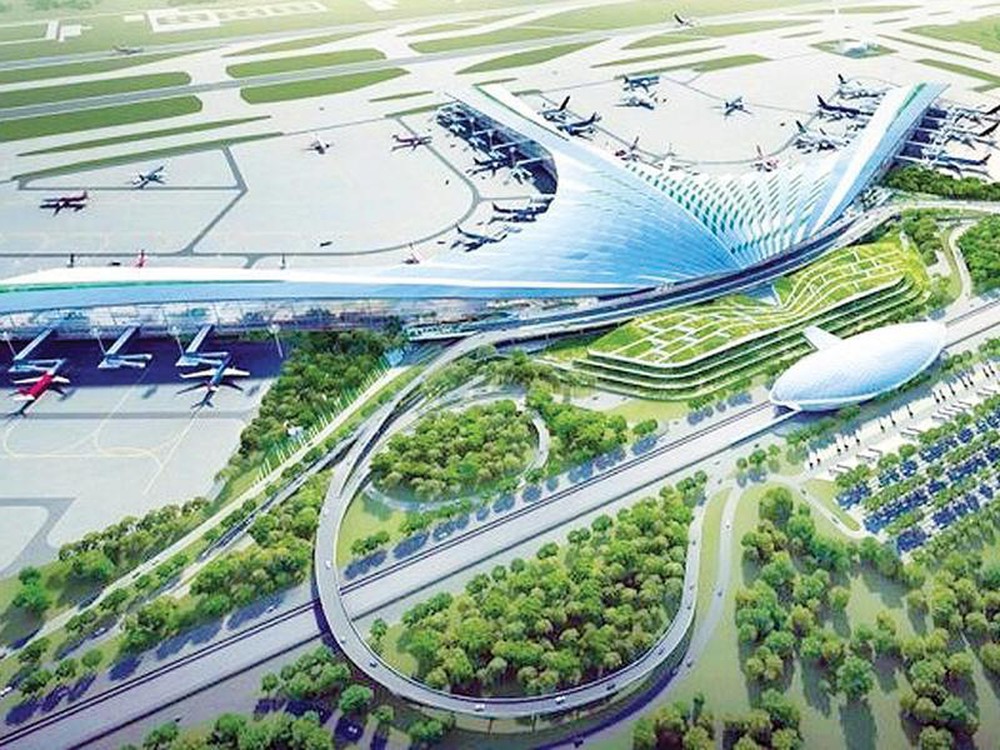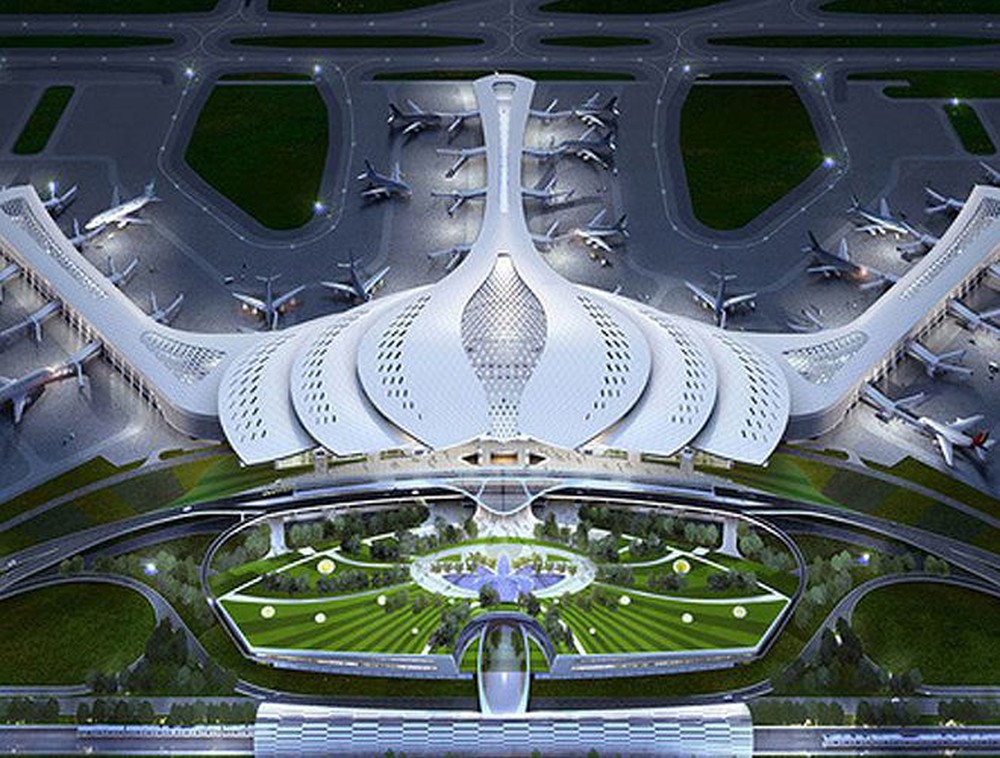
The decision followed recent heated debate at an NA meeting over the Government’s preferred investor for the project, as the firm will have to borrow billions of dollars to build the airport.
The NA Standing Committee, in its report sent to NA deputies last weekend, noted that, under the Bidding Law, investor selection is under the jurisdiction of the Government and the Prime Minister, so the parliament will not make the decision, the National Assembly Standing Committee said in a report sent to NA deputies last weekend.
But the government will still need to ensure its selection abides by the principles such as national defense, security, national interest, and financial efficiency, because the new airport carries great national importance, the committee said.
The investment for this project must not exceed the VND336.63 trillion ($16 billion) cap at the time of approval by the NA, and not be guaranteed by the government, it added.
The NA Standing Committee also urged the government to drastically speed up land clearance for the project, saying the current process was slow and getting the land ready for construction by the end of 2020 poses a big challenge.
As authorized by the PM, Minister of Transport Nguyen Van The had submitted a feasibility report in the first phase of the airport at a cost of $4 billion to the NA.
The feasibility report said the Government had proposed naming the State-owned Airports Corporation of Vietnam (ACV) as the main investor, but lawmakers expressed concern over ACV’s financial capability to pay for the project, which could cost up to $16 billion.
According to a feasibility study, the ACV, which runs 21 airports nationwide, will invest in the first runway, taxiways, a terminal, an aircraft parking space, and other major infrastructure at the airport.
ACV will need to raise about $4 billion for the project. It is expected to have VND36.6 trillion ($1.57 billion) by 2025, or 37 per cent of the investment. ACV has been working with 12 domestic and international organizations to borrow the remaining at an interest rate of 5-5.5 per cent a year with a loan term of 15 years.
Nguyen Lam Thanh, a Lang Son Province NA delegate, said on November 13 that revenues of the ACV mainly come from 21 airports it operates, but only eight of the airports are profitable.
So, even if it could raise the $4.78 billion required for the first phase, it is unclear how it would raise another $11 billion for the remaining phases, he said.

Some local experts have backed the government's decision to award the construction of Long Thanh airport to the Airports Corporation of Vietnam despite lawmakers' concerns.
Dang Huy Dong, head of the Planning and Development Institute and former Deputy Minister of Planning and Investment, said the cost estimate is based on the pre-feasibility report, which includes many hypothetical values and has a margin for error of 10-15 percent.
After the feasibility study report is approved, the main developer would have to do geological surveys to accurately determine elements like the nature of the foundation, materials required and construction method following which a new estimate has to be made, he said.
Dong therefore suggested that lawmakers should not focus on numbers yet and instead hire an independent consultancy to assess the project as their concerns about "unverified" costs could delay the work and slow down infrastructural development.
Pham Van Toi, vice chairman of the Vietnam Association of Aviation Science and Technology, agreed with Dong saying by awarding the contract to ACV, Vietnam could avoid dependence on foreign technology.
The company has cash reserves of VND25 trillion ($1.07 billion) and could borrow the rest from banks without needing government guarantees, he said.
Legislators want the airport to be operational by 2025, and assigning ACV as the investor is the only option for meeting this deadline, Toi added.
Dong pointed out that ACV is the most capable of all local firms in airport infrastructure.
If the contract is to be awarded through a tender, applicants must have experience operating airports with at least 80 percent of Long Thanh Airport's designed capacity, and only ACV meets this requirement in Vietnam, he said.
No other firm could compete with ACV in terms of airport management either since it is the operator of the country’s major airports in Hanoi and HCMC, Dong argued.
"I support creating a fair competitive environment and developing the private sector, but the above points are the reality."

Assoc Prof Dr Nguyen Thien Tong, former head of the HCMC University of Technology's department of aviation engineering, said the total cost of the three-phase Long Thanh Airport project would be $16 billion, which is far beyond ACV's means, and it would have to borrow in the international market at an interest rate of around 6 percent.
"What happens if we build the first phase and then the cost of the subsequent phases doubles or triples? If we don't have the money for the subsequent phases, what then?" he added.
Tong was also critical of the total area of the airport in relation to its capacity, saying there are many airports with the same capacity as Long Thanh’s but are much smaller than its proposed 5,000 hectares.
He pointed to Singapore's Changi Airport with a capacity of 85 million passengers a year and an area of 1,300 ha and Spain's Barcelona Airport which has a capacity of 85 million and an area of 1,533 ha.
With its planned capacity of 80-100 million passengers, Long Thanh would only need 1,300-2,300 ha, and a large amount of money could be saved by reducing its size, he said.

















